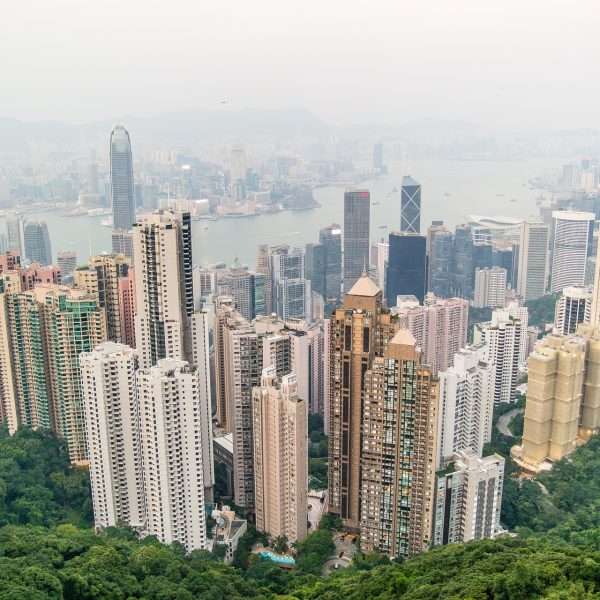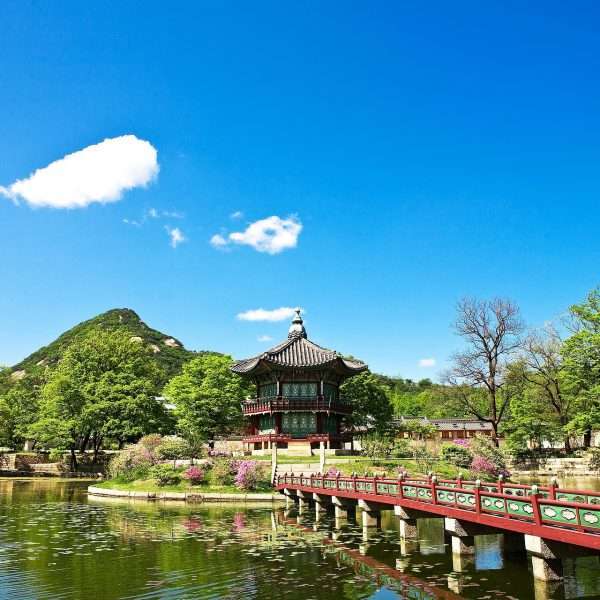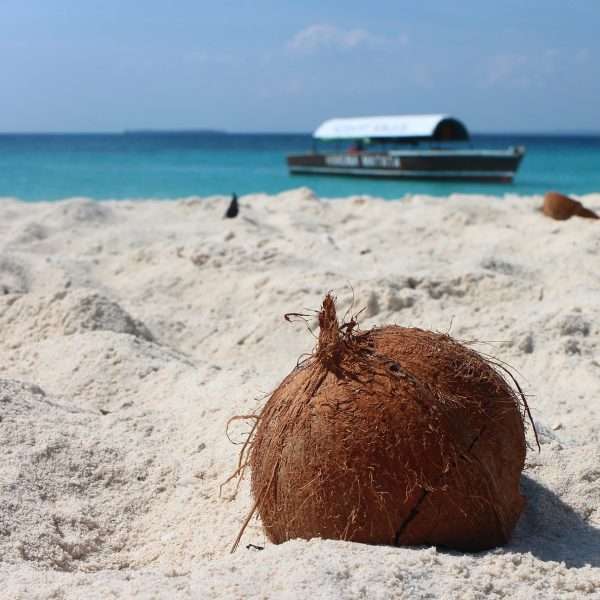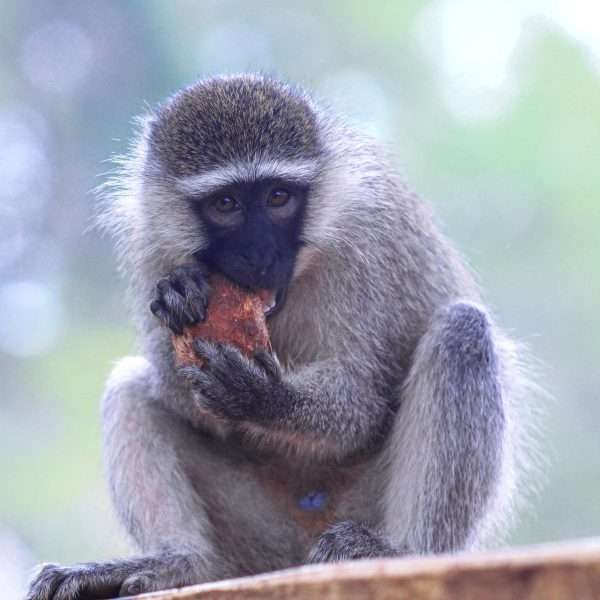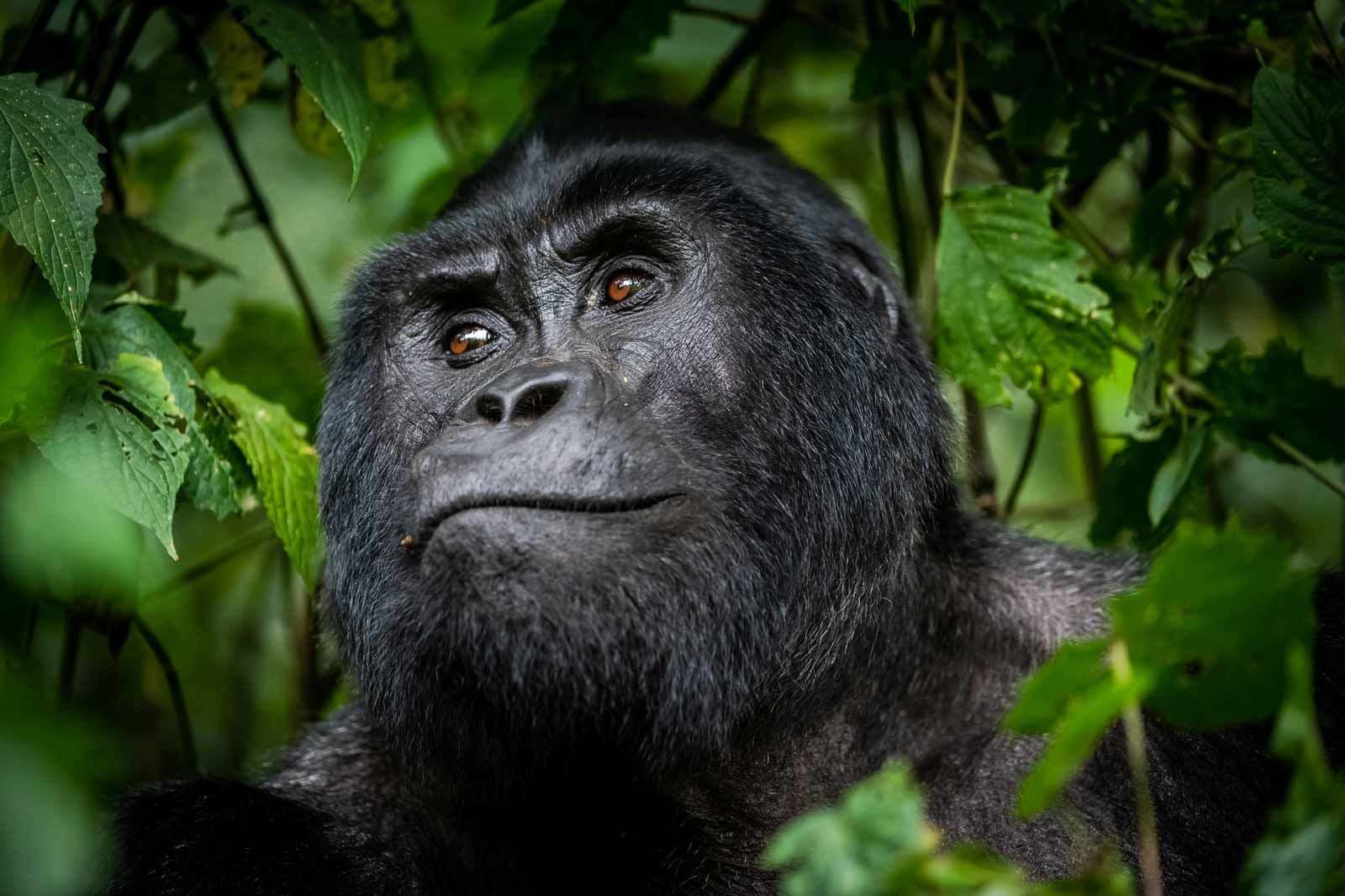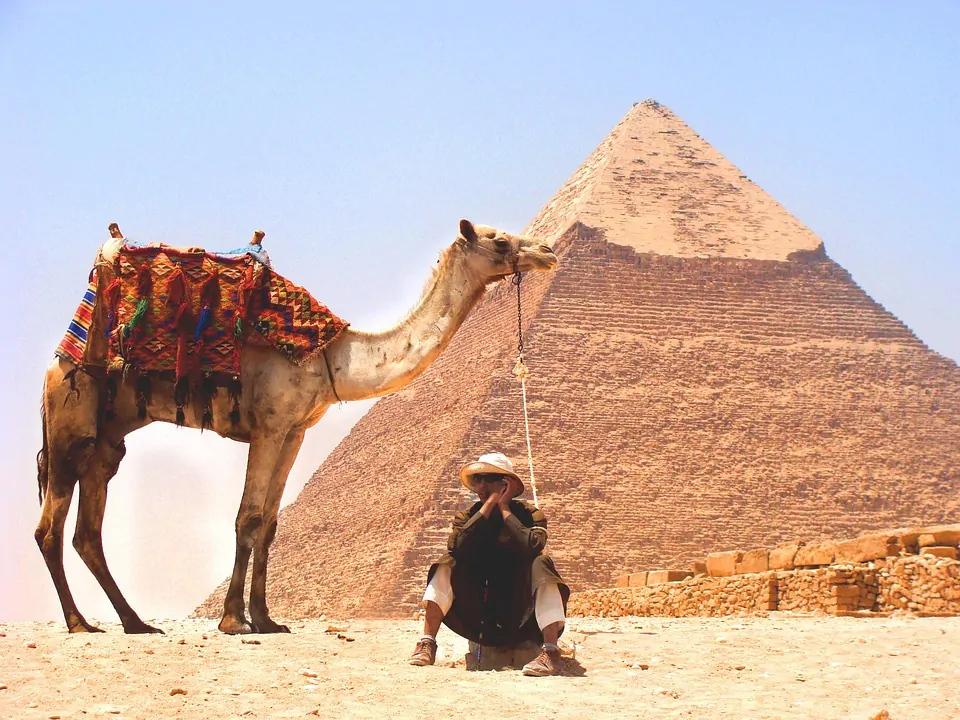Ultimate 12 Days Kenya Camping Safari Adventure
Overview
12 Days Tsavo East/ west/ Amboseli/ sweet waters/ Samburu/ Lake Nakuru & Masai Mara Budget Package | 2023
OVERVIEW
Discover Kenya’s top wildlife reserves. View Mt. Kilimanjaro, Africa’s highest peak, pink flamingos at Lake Nakuru National Park, and the annual migration of wildebeest in the Maasai Mara.
Day 1 : Nairobi – Tsavo West
The tour begins at 7:00 a.m. with a pick-up from Nairobi and travel to West National Park. Visit the Mzima Springs and the Chyulu Hills, which are hippo and crocodile havens that can be observed from an underwater viewing chamber. Evening meal and accommodation at the Chyulu gate lodge
Day 2: Tsavo West National park
I spent the entire day touring the park. Game drives are provided in the morning and the afternoon. Staying the night at Chyulu gate for dinner
This park was well-known for its expansive groups of red-dust-covered elephants and lovely surroundings. We go to Mudanda Rocks, which during the dry season draws elephants, the picturesque Lugards Falls, and the Aruba Dam.
Day 3: Tsavo West – Amboseli National Park
We view game as we travel to the camp for supper and the night after taking morning game drives in Amboseli National Park. With 392 square kilometers, Amboseli Park is Kenya’s second most visited park after Maasai Mara. This popularity is largely attributable to Mt. Kilimanjaro’s breathtaking background on the park’s southern border.
Day 4 : Amboseli National park
With early morning and late-night game safaris, you will be spending the entire day in Amboseli today. You will have the chance to take pictures of the animals in the park with Mount Kilimanjaro serving as a stunning background. Every dinner and the entire stay at a camp
Amboseli National Park is one of Kenya’s most visited animal refuges. It is located not far from Kenya. The Park is near to the Kenya-Tanzania border and is located at the base of Mount Kilimanjaro, Africa’s highest mountain (5,896 meters), whose snow-capped summit offers spectacular views on clear days. Many people refer to Amboseli National Park as “The home of Elephants” because some of the biggest elephant herds can be located there. Large herds of zebras, wildebeests, giraffes, buffaloes, hippos, and antelopes can also be found in the game park. Lions, leopards, cheetahs, rhinos, and numerous kinds of plain game are also present in Amboseli.
Day 5: Amboseli – Mt.Kenya ( Sweetwater’s)
Arrival early in the morning and travel to Mt. Kenya, Africa’s second-highest peak at 5199 meters. Seeing the wildlife, including rehabilitated chimpanzees, can be done during afternoon game excursions at Sweetwater’s game ranch. At camp, we stay the night.
The only rehabilitation center for these frequently abused chimpanzees in Kenya is the private ranch at Sweetwater’s, where two groups live in conditions as similar to their native habitat as is feasible. The region serves as a designated breeding ground for black rhinos.
Day 6: Mt. Kenya- Samburu Game reserve
Soon after breakfast, depart for Samburu while we continue to the campground for lunch. We set up camp in a small area of palm trees and forest near the Ewaso Nyiro River, which offers water to animals and some shade from the equatorial heat.
Day 7: Samburu Game reserve
Soon after breakfast, we leave camp and head to Lake Nakuru National Park. As we leave the forest, we see some game. After lunch, a wildlife drive around the pick lake will follow. Dinner and overnight at a tent or lodge on Lake Nakuru
A small, alkaline lake on the outskirts of Nakuru town, Lake Nakuru is 160 kilometers from Nairobi. Millions of flamingoes call the lake home, earning it worldwide fame. The amount of algae that the flamingos eat is determined by the water level, which also affects the population of the birds. When the water level is low, flamingos are known to move to other Rift Valley waters.
A full-day excursion through the park with options for morning and late game drives. Dinner and a camping night
The Samburu game sanctuary’s major draws are its breathtaking natural beauty, rivers, and forests. The past of the locals in this area is rich and diverse. Numerous perennial waterways and a wide range of animals, including crocodiles in the Ewaso Nyiro River, reticulated giraffes, grevy’s zebras, leopards, hippopotamuses, elephants, and lions, can be found in the reserves. There are more than 365 various species of birds that call the bird sanctuaries home.
Day 8: Samburu – Lake Nakuru National park.
The flamingo colony and other vulnerable species, like the rhinoceros, are protected by the National Park that encircles the lake. One of the highest densities in the nation, there are about 25 white and black rhinoceros. In addition to predators, this park is home to Rothschild’s giraffes, who were relocated there for protection.
Day 9 : Lake Nakuru- Maasai Mara
After breakfast, we break camp and head south through the breathtaking Rift Valley savannahs and grasslands to our base camp location, where we spend another night in the bush beneath the expansive African sky. As we make our way to our campground for dinner and an overnight stay, we get to see some game.
Day 10/11: Maasai Mara national park
After breakfast, we break camp and head south through the breathtaking Rift Valley savannahs and grasslands to our base camp location, where we spend another night in the bush beneath the expansive African sky. As we make our way to our campground for dinner and an overnight stay, we get to see some game.
The annual migration of millions of wildebeest, zebra, and gazelle from the Serengeti plains to the Maasai Mara grazing areas beginning in late June is a sight to behold. They travel across the Tanzanian border and the Mara River. From the beginning of July to the end of August, one can witness the dramatic river passage and the predators preying on the migrant birds. The reserve is teeming with birdlife as 452 different kinds have been identified. In this area, hot air balloon safaris are frequently offered.
Day 12: Mara – Nairobi
Game drives in the morning are followed by travel to Nairobi, where the safari comes to a close by 1600 hours.

